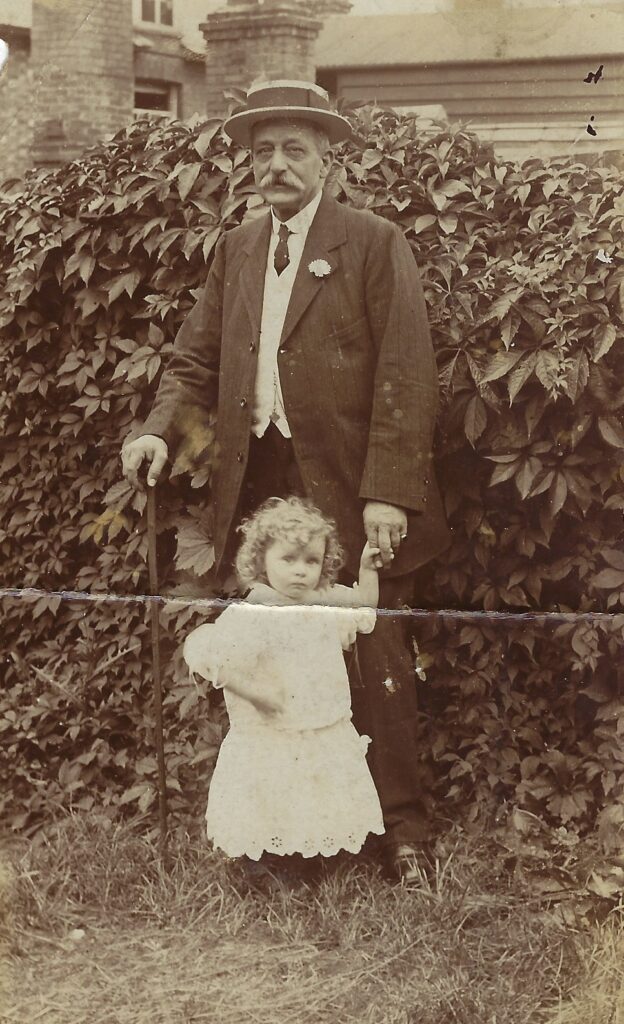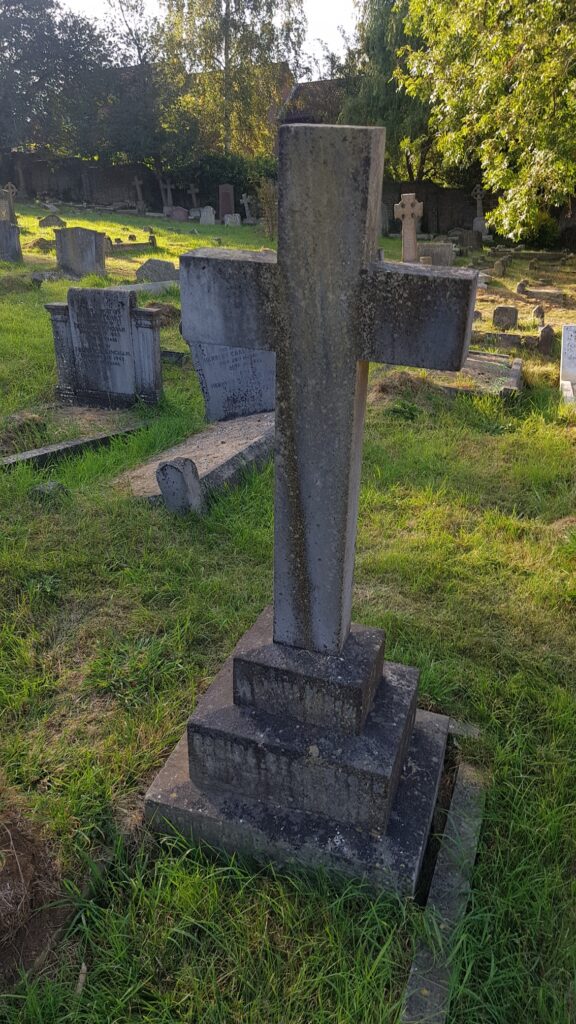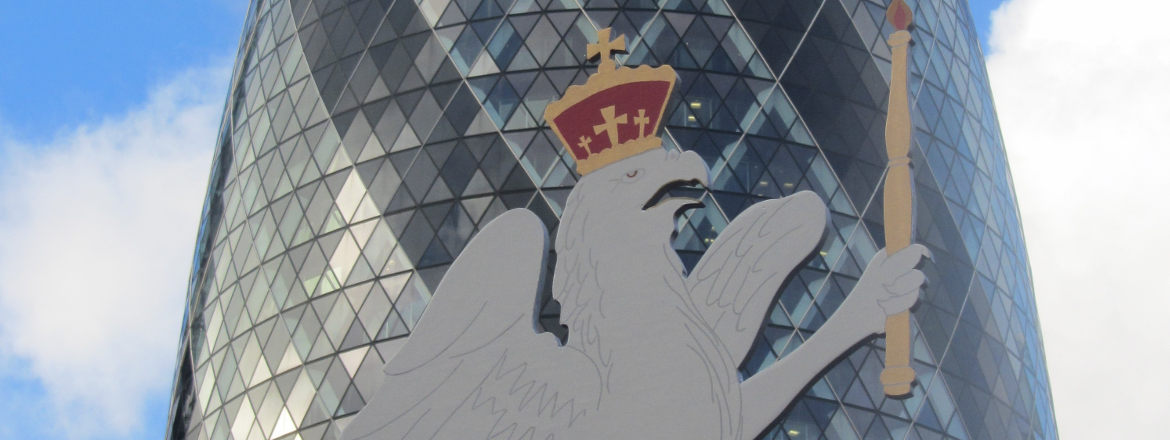The face under the boater would look more at home in some shadowy corner of the Escorial Palace than in that slightly unkempt garden in Edwardian Berkhamsted, so perhaps the legend is true after all. My mother had a store of stories about her ancestors, some more likely than others, but this was the one she returned to most.

Pregnant housemaids were an all too common fact of Victorian life. Rachel Harriet Gravestock was far from being the only one. She was born in 1834, daughter of James, a gardener, and Rachel Rebecca, a straw plaiter. At the time of his daughter’s birth James worked for the Rector of Berkhamsted, The Rev John Crofts, denounced as a vandal for demolishing the Old Rectory and the equally ancient walnut tree in its garden. James was descended from a numerous family of paupers who had come to Berkhamsted in the 1790s, been hastily baptised and found parish apprenticeships. He did relatively well in life, becoming a skilled gardener, moving jobs only once in fifty years, when he moved a few hundred years up the high street to become head gardener at the Red House.
Rachel Harriet was born into a world which offered few opportunities to daughters of poor families – it was to be nearly another half century before all children went to school, and even then, for many it merely put off unskilled labour for a few years. The railway age had begun – work was just starting on the line that was one day to help transform Berkhamsted into a glossily prosperous commuter town – and the canal age had boosted the local economy as it had others. But for a gardener’s daughter in the 1830s the choices were essentially domestic service or straw plaiting. And the 1841 census lists her, aged seven, living with her grandmother and aunt and already working as a straw plaiter as they did. It was to be some years before any other children of the marriage are listed, but by 1851 there were three little girls at home.
Rachel Harriet was not with them. Like many others before and since, she was working in London, now much more easily accessible, growing hugely and offering immense numbers of jobs for servants – especially young ones who could be paid low wages. By these early Victorian years it had become de rigueur for any middle class London household to employ at least one servant, generally a teenager, who would usually be expected to undertake all the housework, most of the cooking, work six and a half days a week and all for perhaps twenty pounds a year. There were, however, many jobs available, and there was an understood hierarchy in terms of how desirable a “place” might be, with those requiring a sole general servant in a small house in a less-than-grand area at the bottom of the pile. And that is where Rachel Harriet found herself: working for a railway overlooker (supervisor), his wife, nephew and lodger in one of the new streets north of St Pancras station. Perhaps the family was kind and she was happy there, but the work must certainly have been hard and the pay almost certainly low.
We do not know in what circumstances Rachel Harriet’s London adventure came to an end. But we do know that in 1856, at the age of twenty-two, she gave birth, in Berkhamsted, to a son, Harry. All that is officially known of the circumstances is the bleak “father unknown” that appears on his birth certificate. James and Rachel Rebecca took the child, only a couple of years younger than their own only son, to bring up as their own, believing his grandparents were his parents and his mother, his sister. Family legend credited him with a Spanish sea captain for a father, and it is true that one of his descendants inherited a ring which has proved to be of Spanish origin. And it would explain his son’s face. And his grandson’s.

Rachel Harriet herself was not thrown out to starve. 1861 found her working as a housemaid for her father’s employers, the Robinson family, at the Red House, Berkhamsted. This job was many steps more desirable than the one at St Pancras, as Rachel Harriet was now one of seven indoor servants, and her employer a respected iron master. Ten years later still, in 1871, she was employed as a cook – the top of the service tree – by the Harmer family in Chesham.
The next year, Rachel Harriet married a Chesham brush maker named Moulder, and went on to have four children with him. Harry remained with his grandparents in Berkhamsted, became a prosperous printer, married a farmer’s daughter, Rosina Lismer, and had four daughters and two sons. We do not know what he was finally told about his parentage, but when his son, Ernest, asked him for the truth Harry flew into a towering rage and cut Ernest out of his will.
Harry, Rosina and Rosina’s sister Annie Lothian are buried in the cemetery at Three Close Lane – their memorial is near the main path.
Words and images are copyright of Lissa Chapman and may not be reproduced or edited without permission.
